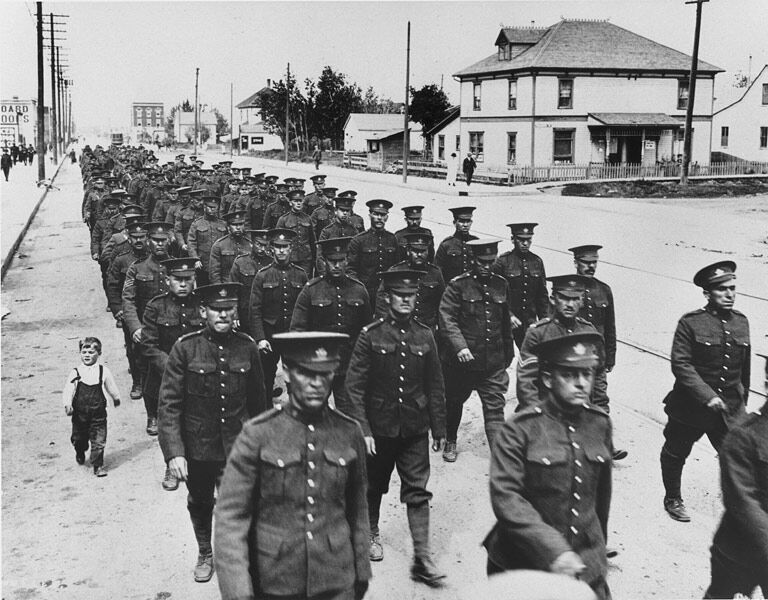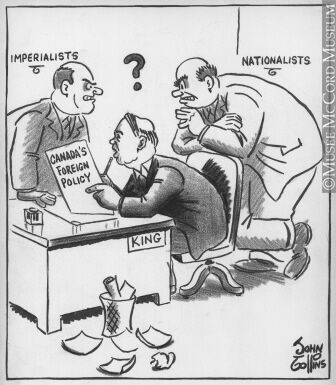Shortly after the Canadian federation was formed, several events caused major divisions among the population. The years between 1896 and 1945 were marked by various ideological, economic and political divisions.
Canada had a very eventful early 20th century. Because of its involvement in the world wars, Canada was rethinking its relationship with Britain. The new Canadian federation was seeking political and economic autonomy. These were important years for Canadian politics and are referred to as the “Liberal Era.”
The second industrial phase and the end of World War I led to years of wealth, prosperity and consumption. Better known as the Roaring Twenties, the period between 1918 and 1929 drastically changed Canadian and Western societies as well as their cultures.
The prosperous Roaring Twenties came to a sudden end in October 1929 when a major stock market crash hit the global economy hard. This plunged Western societies, including Canada, into the Great Depression. Unemployment, poverty and widespread discontent during these years led people to question capitalism, economic liberalism and the role of governments. As a result, several new political ideologies, such as socialism, communism and fascism, emerged around the world. These new ideas would influence Canadian politics and the public.
The Great Depression ended with the start of World War II (1939–1945), which stimulated both the American and Canadian economies. However, World War II revived internal tensions among the Canadian population with the return of conscription.
To find out more about nationalism and autonomy in Canada (Canada between 1896 and 1945), see the following concept sheets:

World War I and II required a large number of Canadian soldiers.
